Today, I saw the iPhone 13 mobile phone and suddenly thought of it, from the earliest mobile phone to the smart full-screen mobile phone that has become popular now. I actually witnessed all these changes, and couldn't help but sigh that I am also old. Seeing wireless chargers sold online again reminds me of the past history of mobile phone chargers. Today, let us start from the mobile phone and review the evolution of the mobile phone charger.
As a supporting product for mobile phones, mobile phone chargers will naturally be affected by changes in mobile phones.
What is a mobile phone charger?
A charger usually refers to a static converter device that uses power electronic semiconductor devices to convert alternating current with a constant voltage and frequency into direct current. It adopts the intelligent three-stage charging method of constant current/constant voltage/small constant current, which has the characteristics of high charging efficiency, simple operation, light weight and small size. Chargers are widely used in various fields, especially in the field of life, which are widely used in common electrical appliances such as mobile phones and cameras.
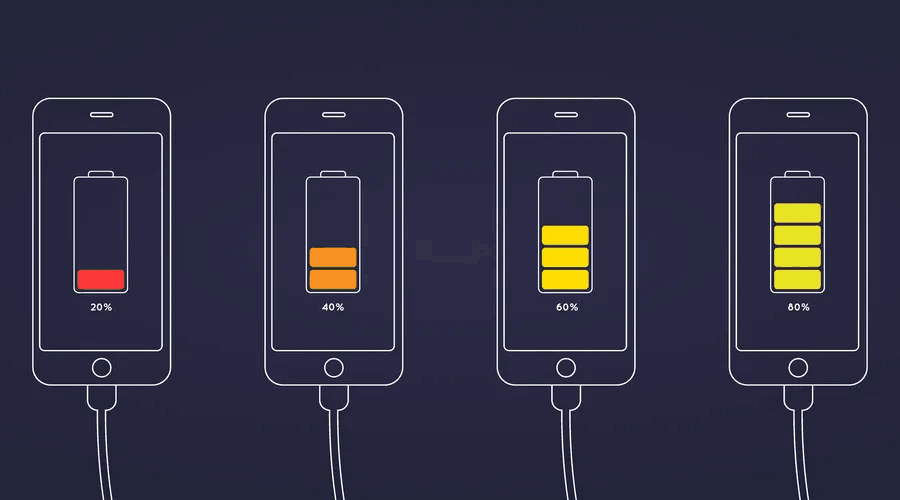
How does the mobile phone charger work?
All mobile phone chargers are actually composed of a stable power supply (mainly a stabilized power supply, providing a stable working voltage and sufficient current) plus necessary control circuits such as constant current, voltage limit, time limit, and overshoot.
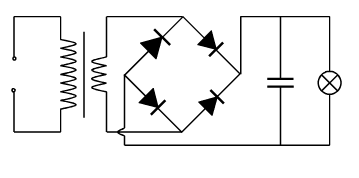
Simply put, the moment you plug the charger into the socket, the 220V alternating current on the socket will first flow into the high voltage area inside the charger. At this time, if you plug in the mobile phone, the 220V will be converted into low-voltage AC current into the low-voltage area through a transformer, and then converted into low-voltage DC power that can be used by the mobile phone through diodes and other components.
Therefore, the charging process of the mobile phone charger is a process of transforming voltage and current.
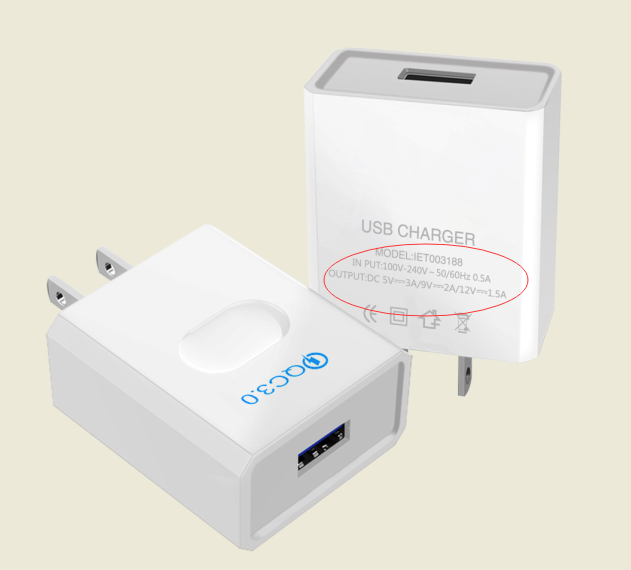
The history of mobile phone chargers
The development of chargers follows the development of mobile phones, which was the era of feature phones 20 years ago.
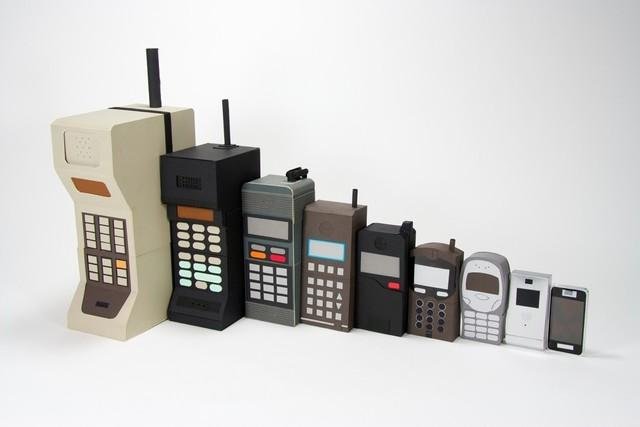
② The power of the previous charger is actually very small, generally 5V/500mA, which is 2.5W (watt);
③ The previous charger can only charge, but now the charger in charge can unplug the data cable and connect it to the computer to transfer data (and charge at the same time).
The 6mm large round hole in 1995 has a long history, presumably many young people have never seen it.
At that time, most of the electronic product chargers used this large round hole connector, such as tape recorders, electronic organs, VCDs, Xiaobawang game consoles, etc. It accompanied many household appliances into thousands of households.
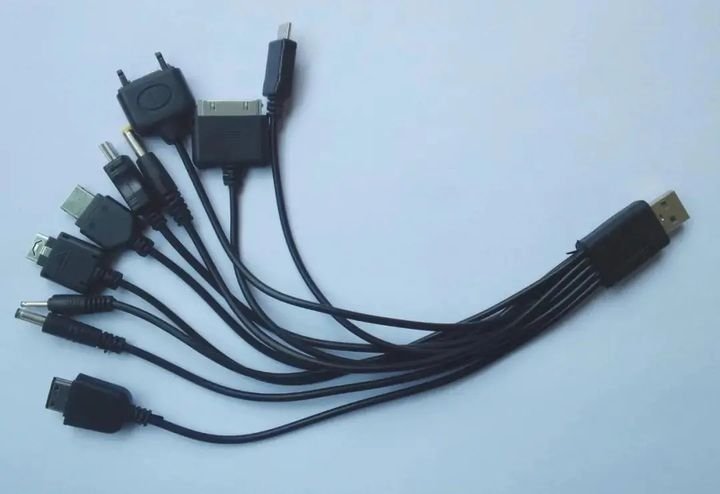
In 2003, domestic mobile phones replaced "Big Brother" and became a trend, bringing people into the era of mobile communication. At that time, mobile phones used removable batteries, which can be charged with universal chargers after the battery is removed.
The 3.5mm small hole charger exists almost at the same time as the clip-type universal charger. In the most prosperous era of feature phones, I believe many people still remember the flashing lights on the power strips at home at that time.
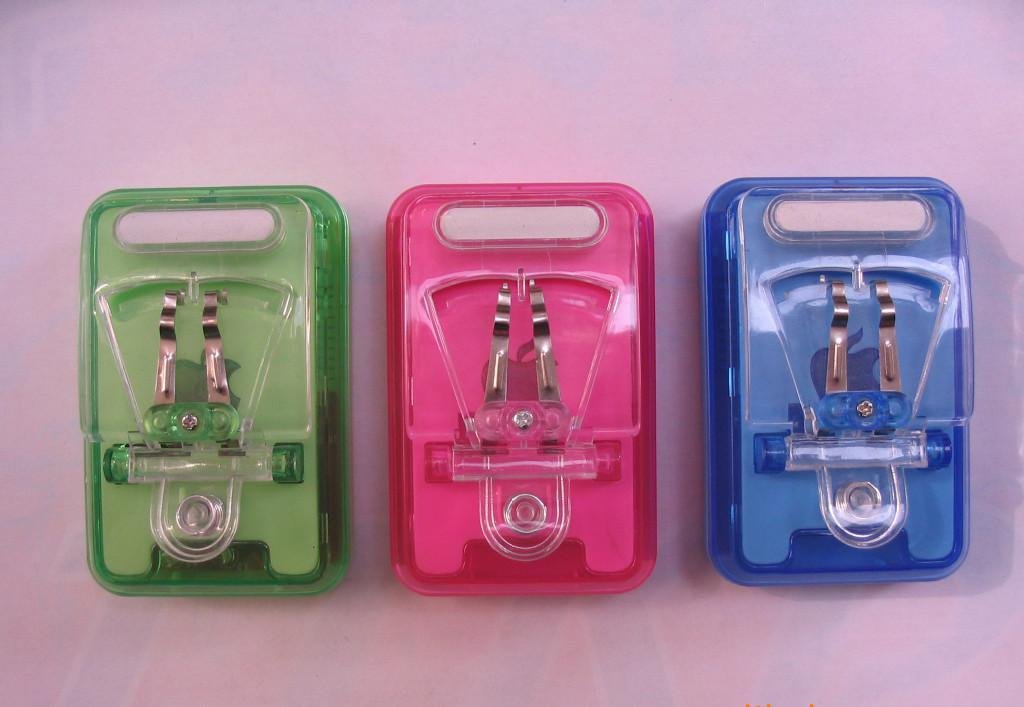
The most typical representative was the round hole charging head of Nokia mobile phones. There were also charging heads of different shapes and styles designed by other manufacturers.
In the period when Nokia was the king, Samsung, Sony Ericsson, BlackBerry, and HTC were fighting for the hegemony of the first generation mobile phones, there were many strange-shaped special plugs, and each manufacturer customized the charging interface for their mobile phones. For example, Nokia's classic round charging plug, Samsung's long strip interface on the Anycall series of mobile phones.
At that time, mobile phones had few functions, such as making calls, texting, and simple Internet access. The battery has small capacity, low power, and long standby time. It is usually charged once every two to three days, or even once a month at the longest. Later, although there was an interface for data transmission, it was also separated from the charging interface, and each was busy.
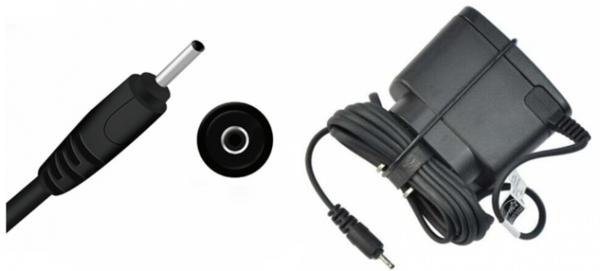
Start thinking about data transfer
When digital equipment products such as MP3 and MP4 became popular due to their low prices, users became keen on audio-visual entertainment products. At this time, the charger is no longer just satisfied with charging. Starting to focus on data transmission between different devices, a smaller "Mini USB" "T" type charging socket came into being. This kind of charging port has a narrow top and a wide bottom, which has a good anti-error effect, and it has both charging and data transmission.
Began to be widely used in digital cameras, mobile phones, mobile hard drives and other electronic products.
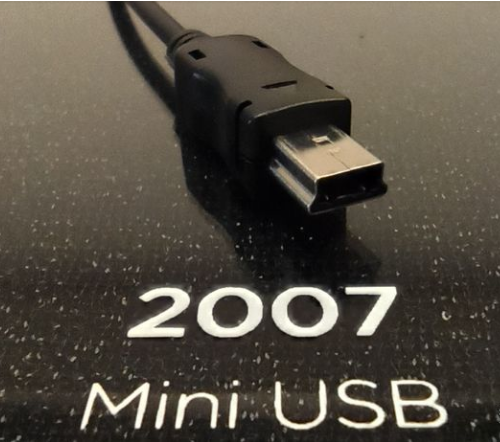
This kind of charging port has a narrow top and a wide bottom, which has a good anti-error effect, and it has both charging and data transmission. Began to be widely used in digital cameras, mobile phones, mobile hard drives and other electronic products. The mobile phone charger has finally begun to usher in unity!
Faster speed and smaller interface
With the continuous updating of smart phones, the next-generation specification of "Mini USB" is "Micro USB", which is what we call "ordinary mobile phone charger" now.
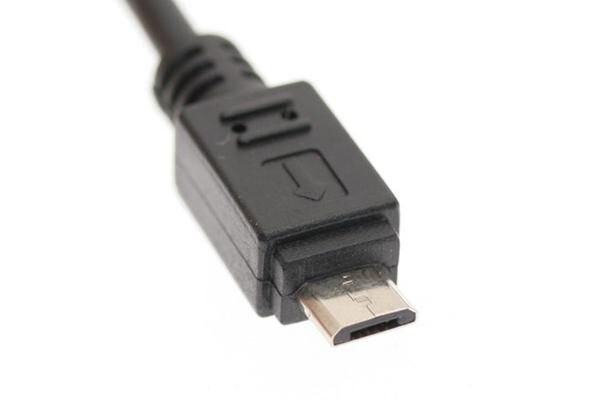
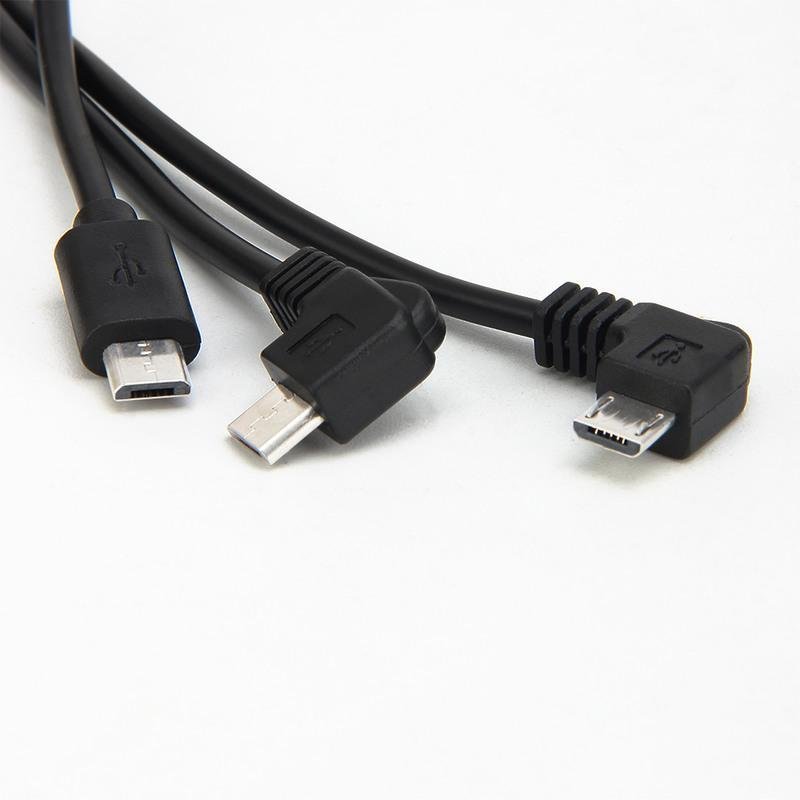
New changes-fast charging era
The "Charge for five minutes, talk for two hours" advertisement is now the fourth-generation charger with Type-C interface as the carrier. In terms of user convenience, the Type-C interface is more compact, faster to transfer files, and supports fast charging (up to 100W power), and plugs in the front and back to avoid plugging in the wrong way like Micro USB in low-light environments. Orientation, damage to the socket. It is already the standard interface of flagship Android phones (Xiaomi, Huawei, etc.).
Its application range is not limited to mobile phones, some computers and high-end electronic products have also begun to use, and its applicability is particularly wide.
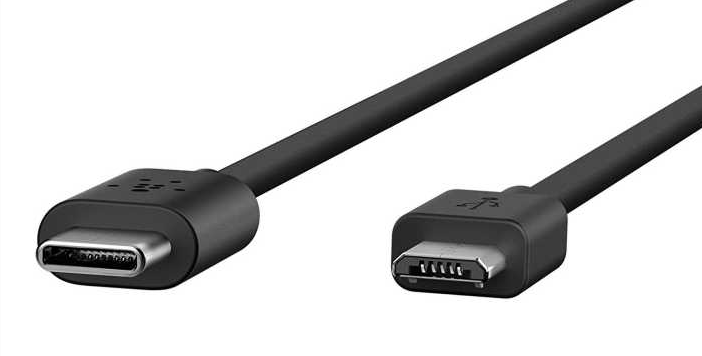
The working principle and history of "Quick Charge"
In the usual sense, fast charging refers to the provision of 5V, 2A charging technology through the USB standard. I just mentioned that the general is 5V, 0.5A, which is the interface standard of USB2.0. How does it do it?
Let's talk about the working principle: How "quick charge" works Or the formula first: P (power) = V (voltage) x I (current)
The world is changing too fast, and such drastic changes are also taking place in the world of chargers, and "fast charging" also came into being. Speaking of fast charge, it actually corresponds to a lot of English, Quick Charge, fast charge, dash charge,
USB PD (USB Power Delivery), Dual charge. With so many nouns, it is actually not very accurate to be called fast charge. Although they are all called fast charging, in fact, each device manufacturer has its own implementation.
At present, the more common fast charging implementations on the market are PD, QC, SCP, and VOOC. Today, from the perspective of charger consumers, I recommend a real fast charger that suits you.
PD Type-c 20W & 30W Fast charger


• Convenient to carry: the volume is small enough, the weight is light enough, and it can be easily put in a small bag
• Charging efficiency: 65W high power is really fast charging, a cup of coffee is quickly resurrected, iPhone12 can be fully charged 50% in just 25 minutes
• Strong compatibility: supports fast charging of mobile phones/tablets/notebooks/switch, both Apple and Android can be charged, get rid of the family barrel charger
Looking back at the historical evolution of the charger, we find that the charging speed of the charger is getting faster and faster, and the capacity of the mobile phone battery is getting bigger and bigger, but our charging frequency is also getting higher and higher, and there will be faster and more convenient charging in the future.


